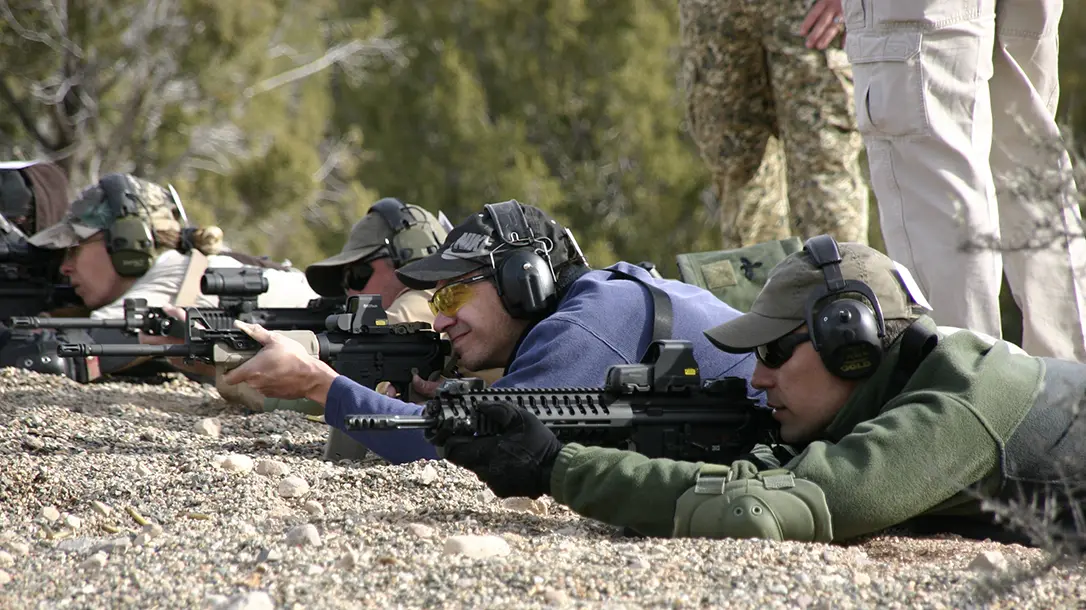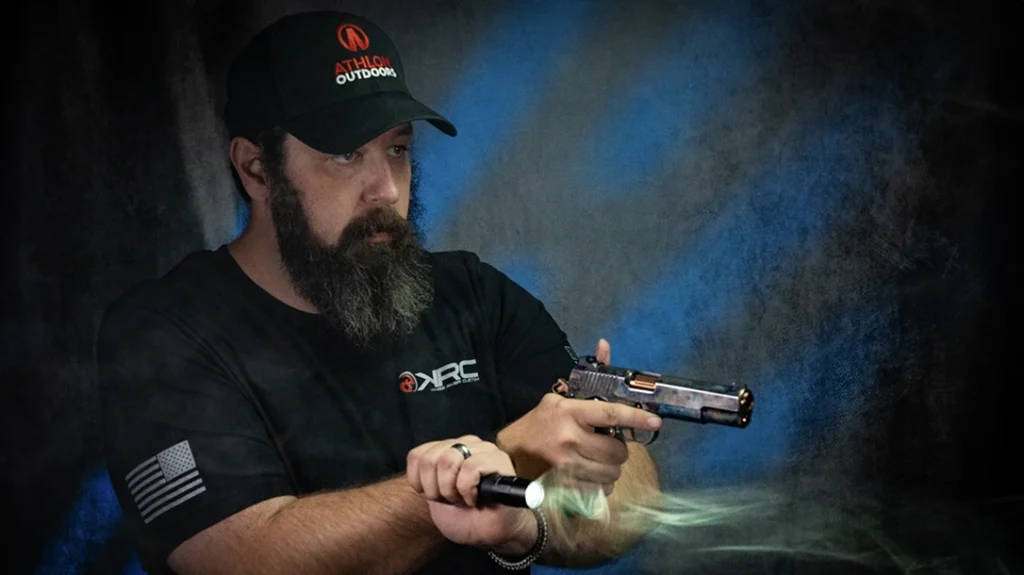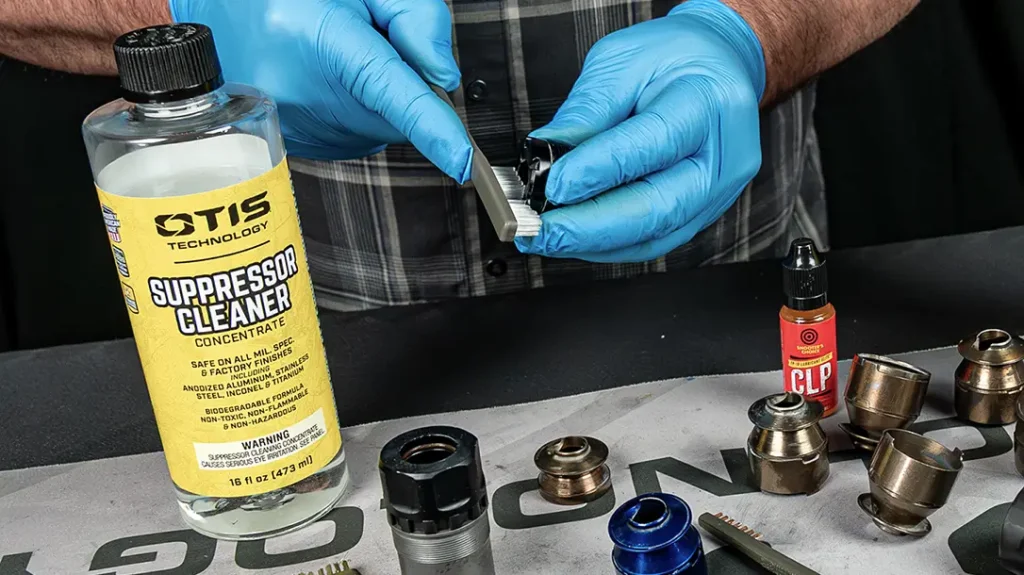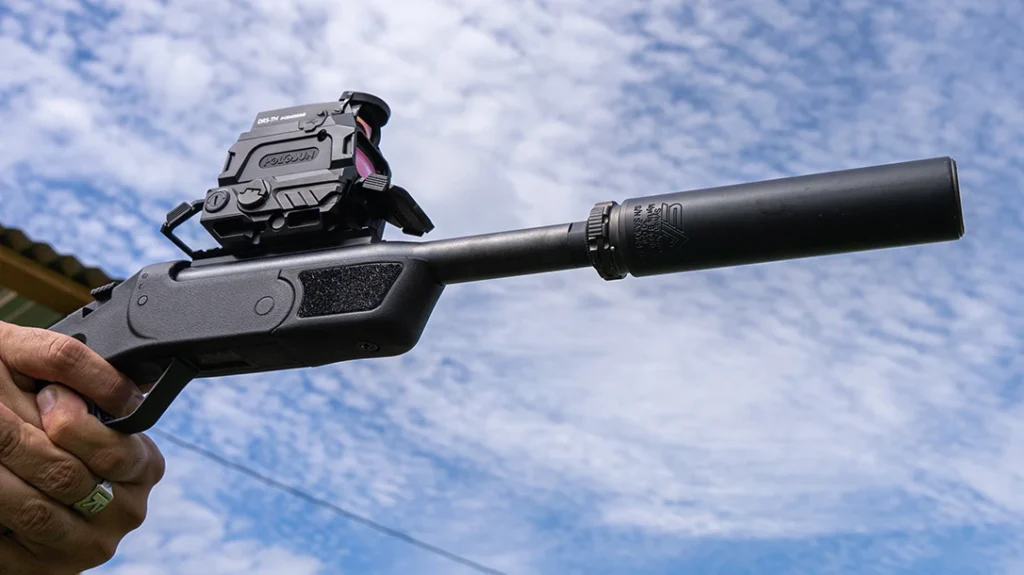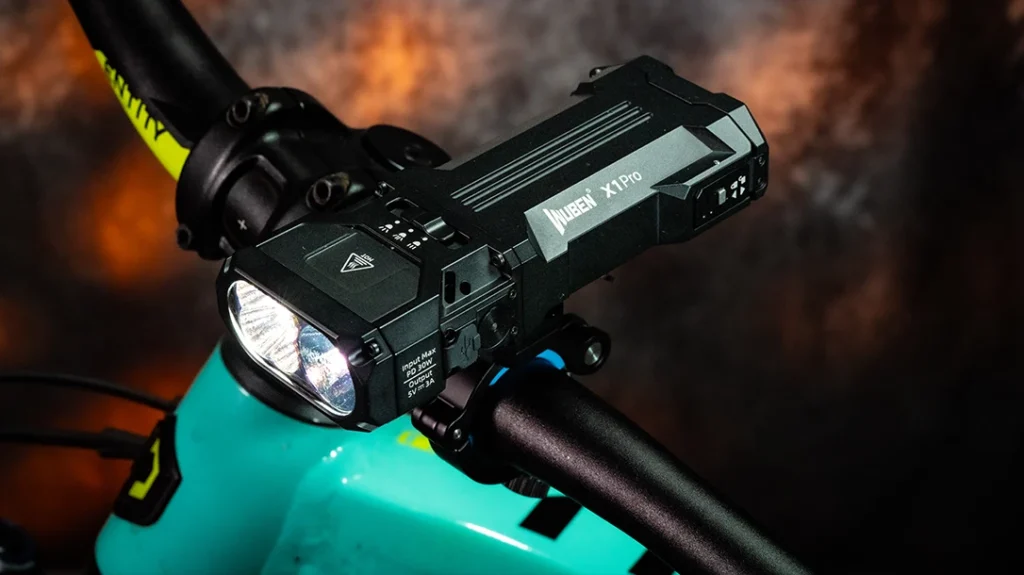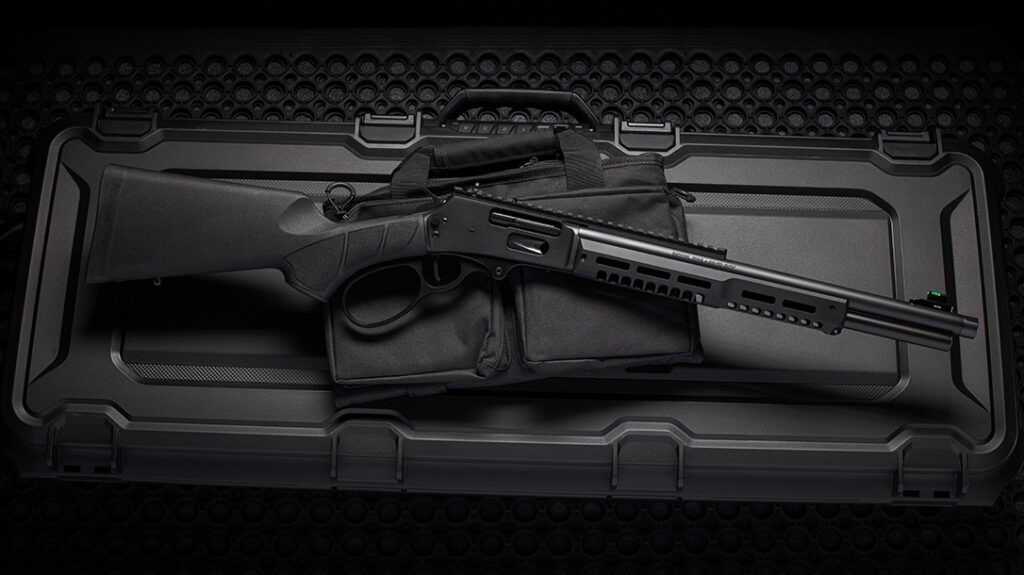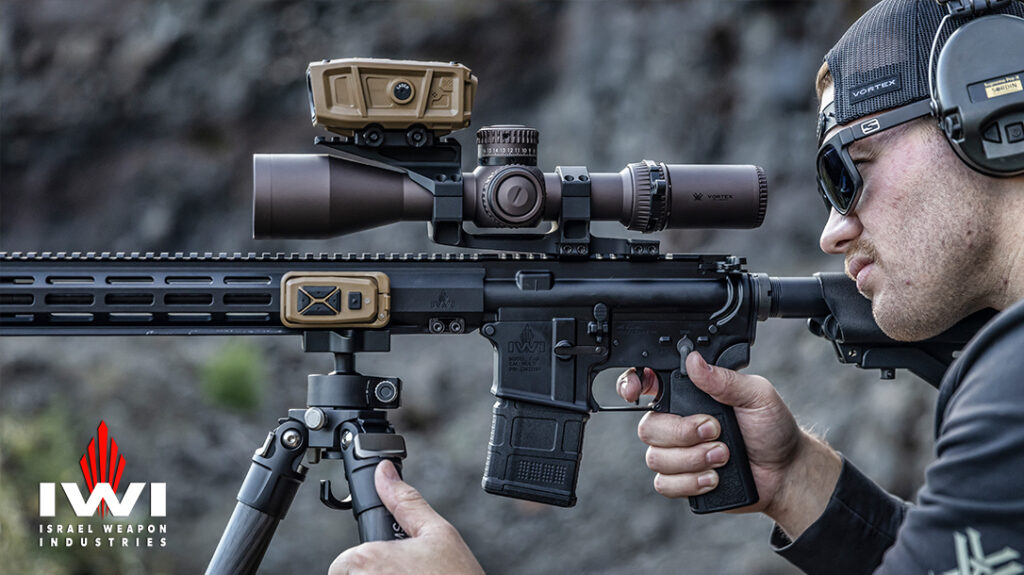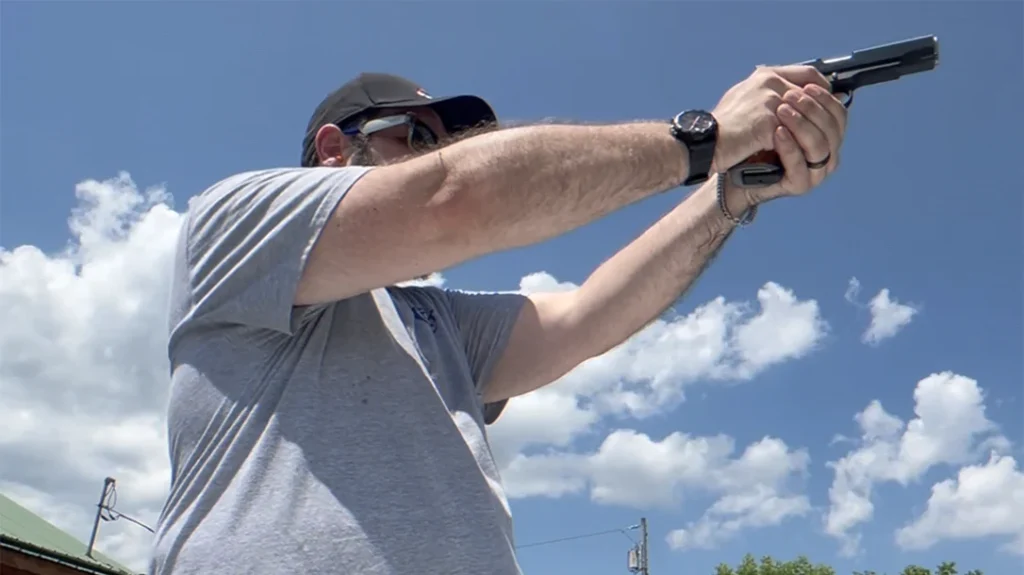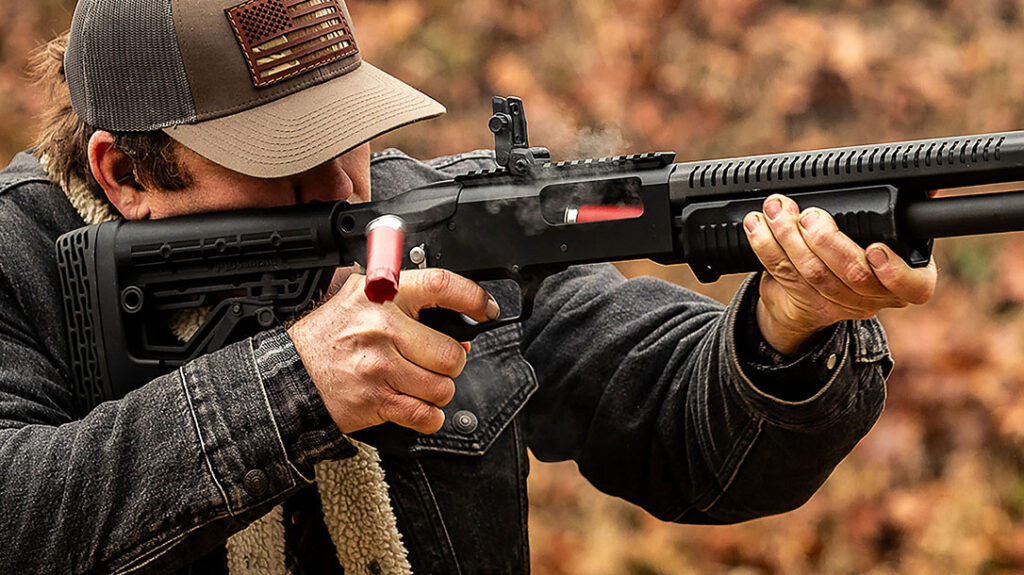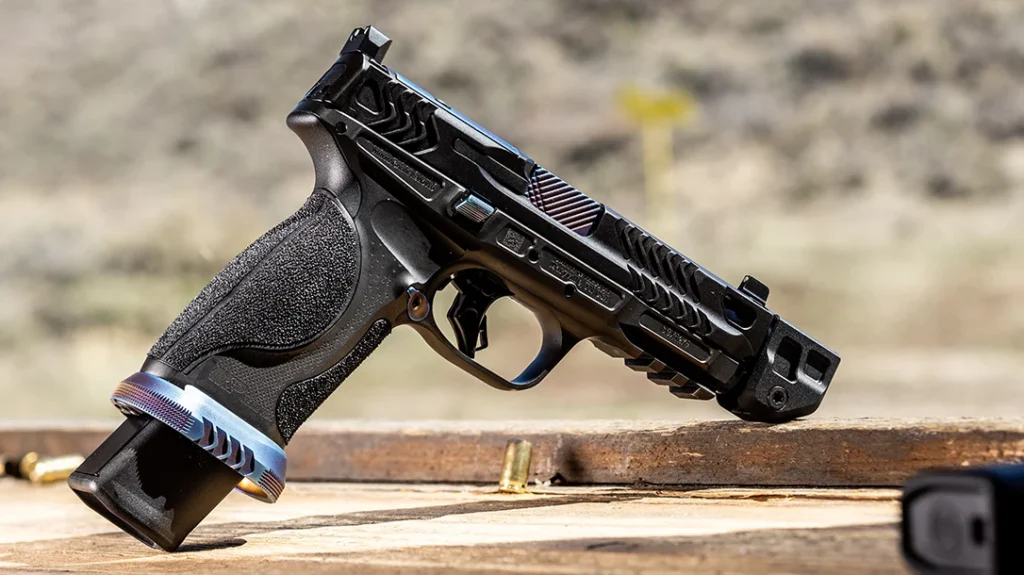Adrenaline surges, you aim your AR-15 a little high and press the trigger. The bullet kicks up dust somewhere short of the coyote as it dashes away into the brush while you curse yourself for not getting the holdover right. Your AR-15 was zeroed for 100 yards, but the predator was farther away, and your judgment in the heat of the moment was wrong. The military has long recognized the problem of getting first-round hits quickly under stress at an unknown distance. It uses a solution that works well, except when precision shooting is required. It’s called a battlesight zero (BZO).
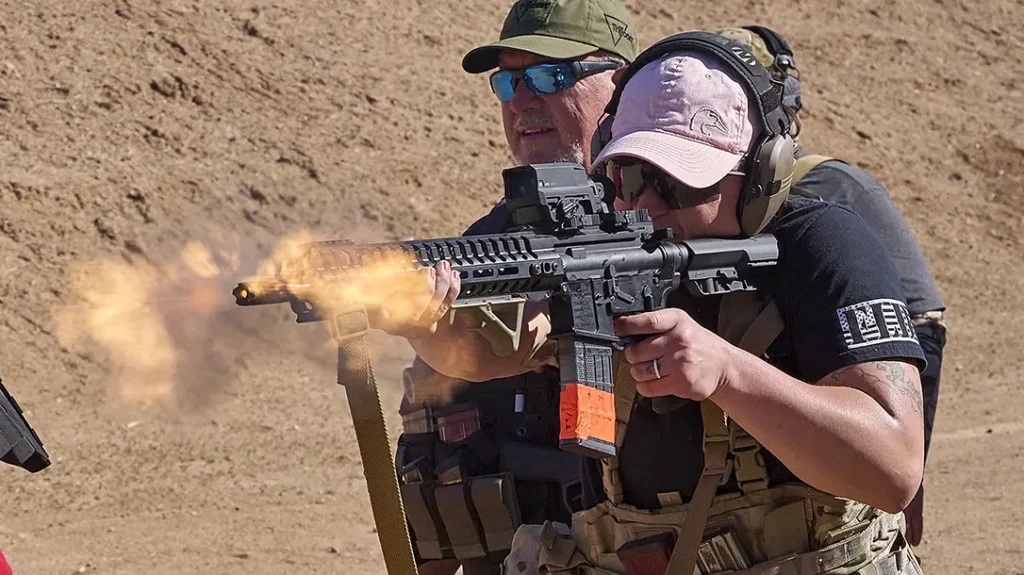
Ditch Dialing and Holds – Set Up a Battlesight Zero
The great advantage of a BZO is the elimination of guesses for distances and holdovers. The soldier merely aims at the center of the target, pulls the trigger, and scores a hit as long as the target is within the maximum point-blank range (MPBR), sometimes called simply the point-blank range.
Advertisement — Continue Reading Below
MPBR and BZO have been in use for a long time. The ’03 Springfield rifle had a ladder sight, but when folded down, the open sight was set at the BZO for instant use. With it, a soldier could theoretically hit a standing man at any range from spitting distance out to 625 yards, the MPBR, if he aimed at the center of the enemy. The bullet was not supposed to go more than 32 inches above or below the line of sight (LOS) until it traveled past the 625-yard mark. Currently, the Army uses a BZO of 300 meters for the M16 and M4 Carbine.
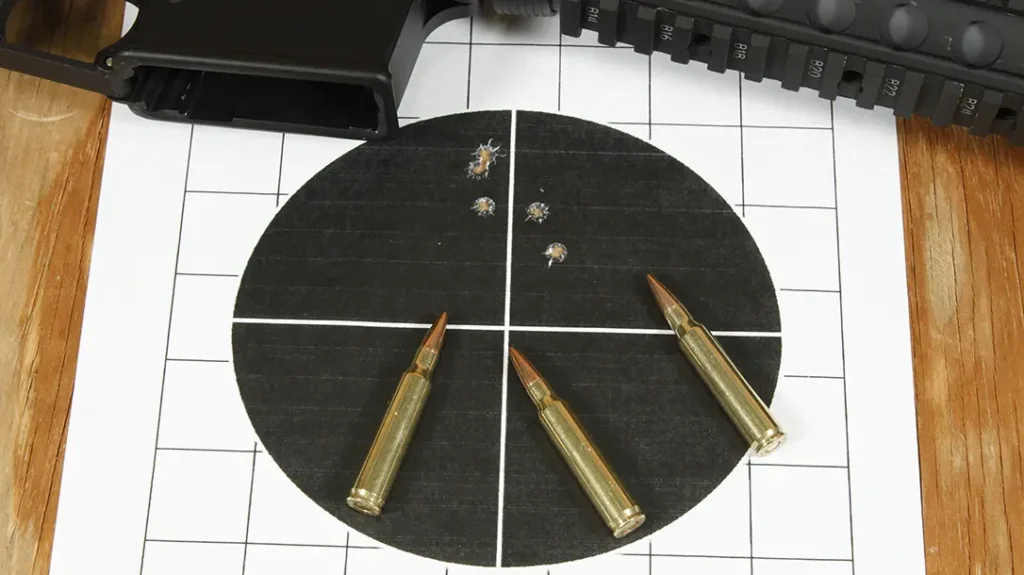
Hitting the Vital Zone
Assuming no wind deflection, the MPBR for any firearm is the maximum range out to which a shooter can aim at the center of the target’s vital zone and be assured of a hit within that vital zone. Gunsite Academy explains it this way: “‘Working range’ or ‘point-blank interval’ refers to the distance over which our line of sight to the target (an imaginary straight line) and the flight of the bullet (which is never a straight line) don’t diverge enough to matter.”
Advertisement — Continue Reading Below
To understand how the concept of MPBR works, you first need to understand the path that a bullet takes when it leaves the barrel. The instant it does, air friction, or resistance, slows the bullet, and gravity pulls it downward. These forces cause it to follow a path called a ballistic curve that becomes steeper the farther it is from the muzzle.
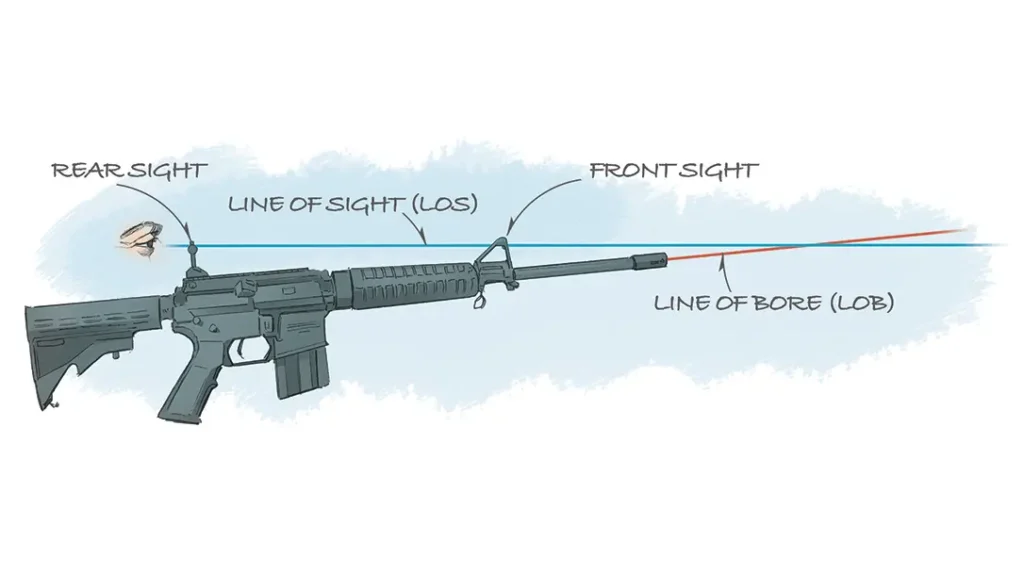
Line of Sight
On a level range, the higher the barrel of the gun is tilted upward in relation to the view the shooter sees through the sights—the LOS—the farther the bullet will travel before it hits the ground. We change the point of impact when we adjust our sights, because what we are doing is changing the angle between the LOS and the line of the bore (LOB).
Advertisement — Continue Reading Below
Just how high the barrel should be tilted can be figured out mathematically, and the formulas can also tell us how high above the LOS the bullet travels and how far downrange it goes before falling to any distance below the LOS. It’s relatively complicated, but computers make it easy. So, if you know the size of the target’s vital zone, you can determine the MPBR, and once you know that, you can set your BZO.
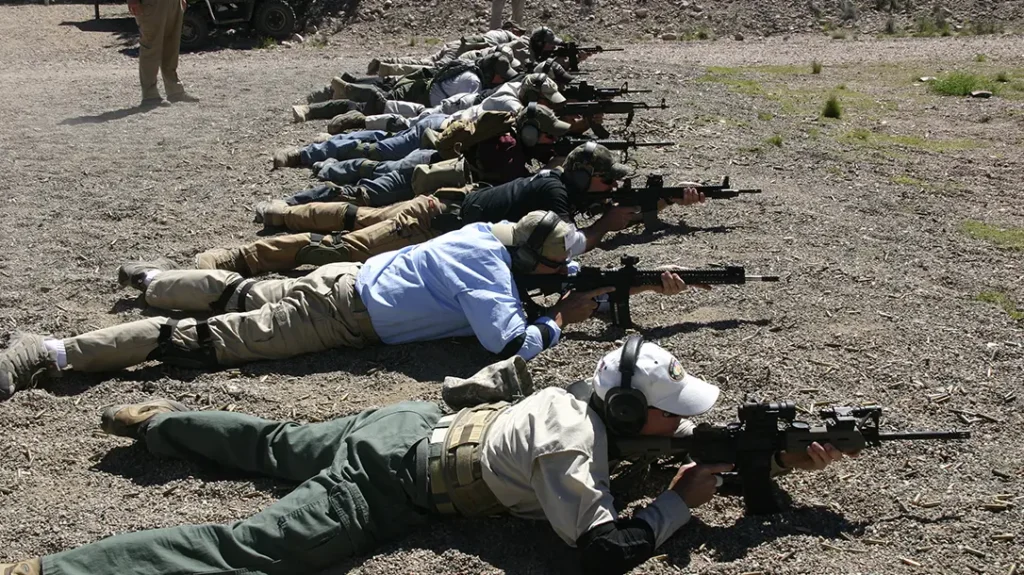
Eight Inch Zone
Gunsite trains military, law enforcement, private citizens, and people who go places and do things for the government that no one is supposed to know about. When teaching how to shoot the AR-15 effectively, Gunsite uses a vital zone with a diameter of 8 inches. Not just coincidentally, that corresponds to the size of the vital zone of a deer or a man. Gunsite teaches that to increase the chances of quickly making a bad guy stop trying to kill you. Or, to humanely kill a game animal, the shot should strike somewhere—anywhere—in the vital zone where the heart and lungs are located.
Advertisement — Continue Reading Below
So, for illustration purposes, we will use a circular vital zone with a diameter of 8 inches. If you’re shooting prairie dogs, it will be smaller. To score a hit in the 8-inch vital zone we are using, the bullet must not rise or fall more than 4 inches from your LOS. Simple, right?
Digital Help
Now comes the heavy math, which requires a computer and the right software. Although some other programs are available, Sierra’s Infinity Exterior Ballistics software (sierrabullets.com) works well, and we will use it in our example.
The first bit of information you’ll need is the muzzle velocity of the ammunition you are going to use. The best way to get it is to measure it using a chronograph, but most shooters don’t own one, so you can usually get it from the ammunition manufacturer’s literature or website. Although it won’t be as accurate as measuring it yourself, it should be good enough for a practical MPBR.
Advertisement — Continue Reading Below

Ammo Ballistics
Next, you’ll need the weight of the bullet in grains, which is listed on the ammunition box. You’ll also need the bullet’s ballistic coefficient (BC), which is often published in the same place you got the velocity or may be included in the software program. Then measure the distance your sights sit above the center of your gun’s bore. For the AR, it is generally about 2.5 inches, but could be slightly higher or lower.
The software program will ask you for altitude, air temperature, air pressure, and humidity, and if you know those variables, you can get a more accurate MPBR. But keep in mind that they won’t be the same for every shot you take, so you can estimate average figures for each variable based on when and where you expect to do your shooting. Be sure to use a wind speed of zero, because you will compensate for it in the field. If the program asks for elevation angle or slope, it is referring to shots that are angled up or down. Just put in a zero value.
Advertisement — Continue Reading Below
The software will then compute a result for the MPBR. Remember, that is the distance from the muzzle where the bullet drops below the vital zone of the target—in our example, 4 inches below your LOS.
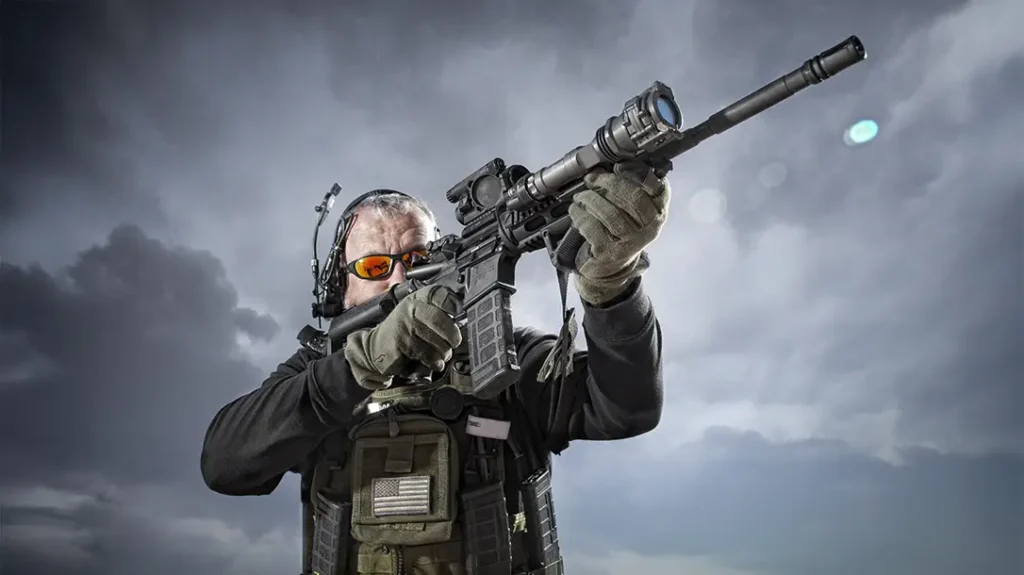
Close Zero
The computer should also provide a range for the close zero or initial intersection. This is the point where the bullet first crosses the LOS. As the bullet traces a ballistic curve, it first crosses the LOS fairly close to the gun, then rises to the maximum ordinate before beginning to fall through the LOS again and then finally hitting the ground.
Advertisement — Continue Reading Below
Plugging in published data for the very highly regarded .223 Remington, 77-grain Black Hills Match round launched from an AR-15, the computer tells us that the close zero is about 35 yards. At the 100-yard mark, the bullet is about 3.19 inches above the LOS and rises from there to its maximum ordinate of about 4 inches at around 155 yards. It drops to intersect again with the LOS at around 265 yards, which is the zero range (the BZO), and then continues to drop to 4 inches below the LOS at about 309 yards, which is the MPBR. Plug in your data and see what you get for these values.
Zero Time
Now that you’ve got all this information, it’s time to sight-in, or zero, your AR. The computer should give you the bullet’s path above or below the LOS at any range. So, set up your target close to the firing line, usually 25 yards in most cases. Aim at the center of the target and fire three rounds, noting where they impact, and then adjust your sights so that they will impact where the computer says they should at that distance. In the Black Hills example, it will be about 0.7 inches low.
Fire another group to confirm your adjustments, then move the target out to 50 yards, or if you are very confident, to 100 yards. Repeat the process until your groups are centered at the proper place on the target for that range. At 100 yards in our example, that should be 3.19 inches high. Just get it close—don’t worry about tiny fractions of an inch. You can stop there, or if you have enough range, move the target out farther and keep fine-tuning your zero.
Advertisement — Continue Reading Below
A Word of Caution:
The bullet may not have enough velocity at the MPBR to perform as it should. So make sure you know what a reasonable range is for the particular load you are using. Also consider your abilities as a marksman and the accuracy of your rifle. If you know you cannot reliably hit a target past 200 yards, you should not attempt a longer shot, especially at game. Use your head and know your limitations. Gunsite and several government agencies utilize a 200-yard BZO for various reasons, but the discussion would be too lengthy to cover them all here.
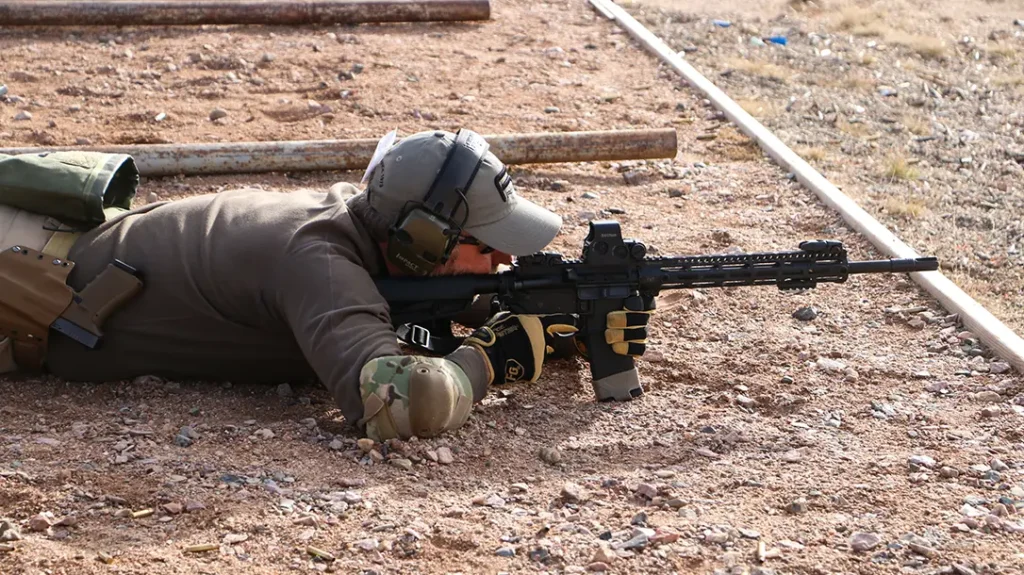
Battlesight Zero
With a proper BZO, aim at the center of the target, correct for wind if necessary, and press the trigger. There’s no need to hold over or under. This dramatically simplifies aiming and reduces the time needed to get a shot off. In a self-defense situation or on a hunt, that can be very important.
For more information, visit here
